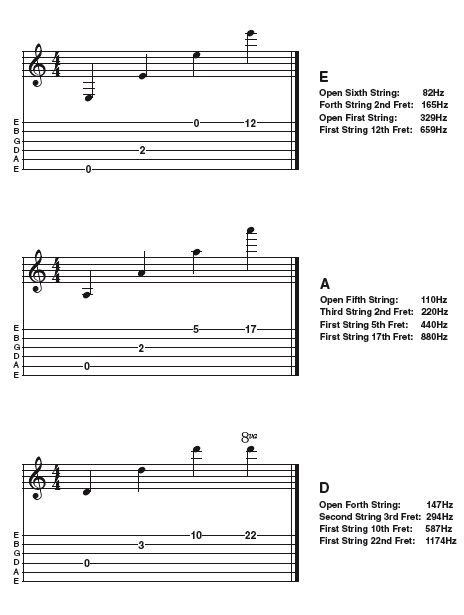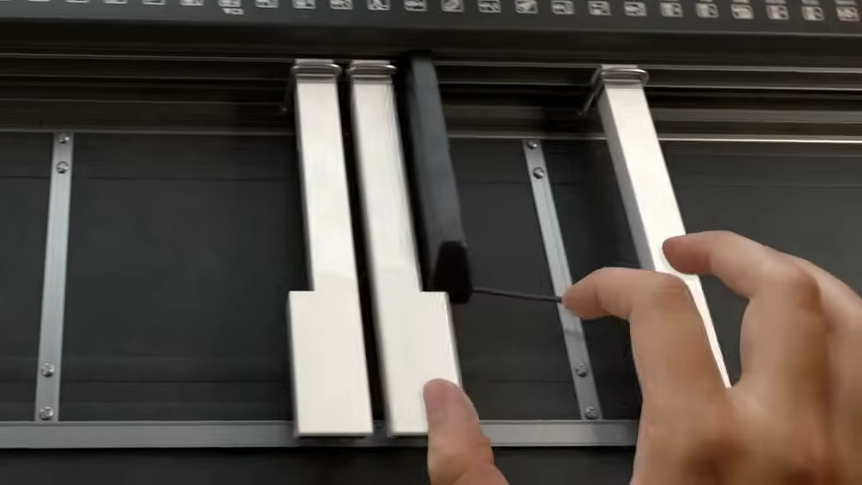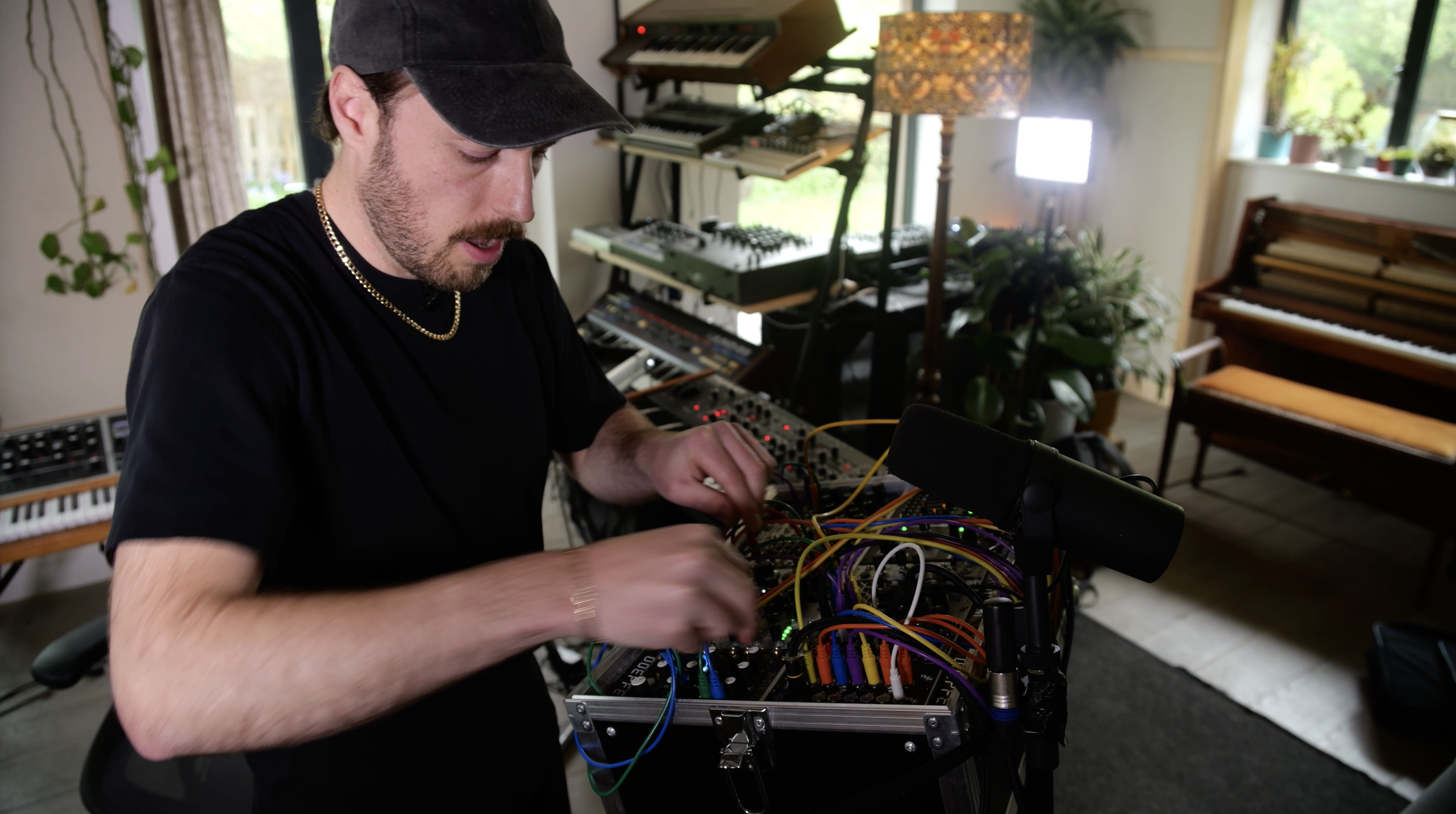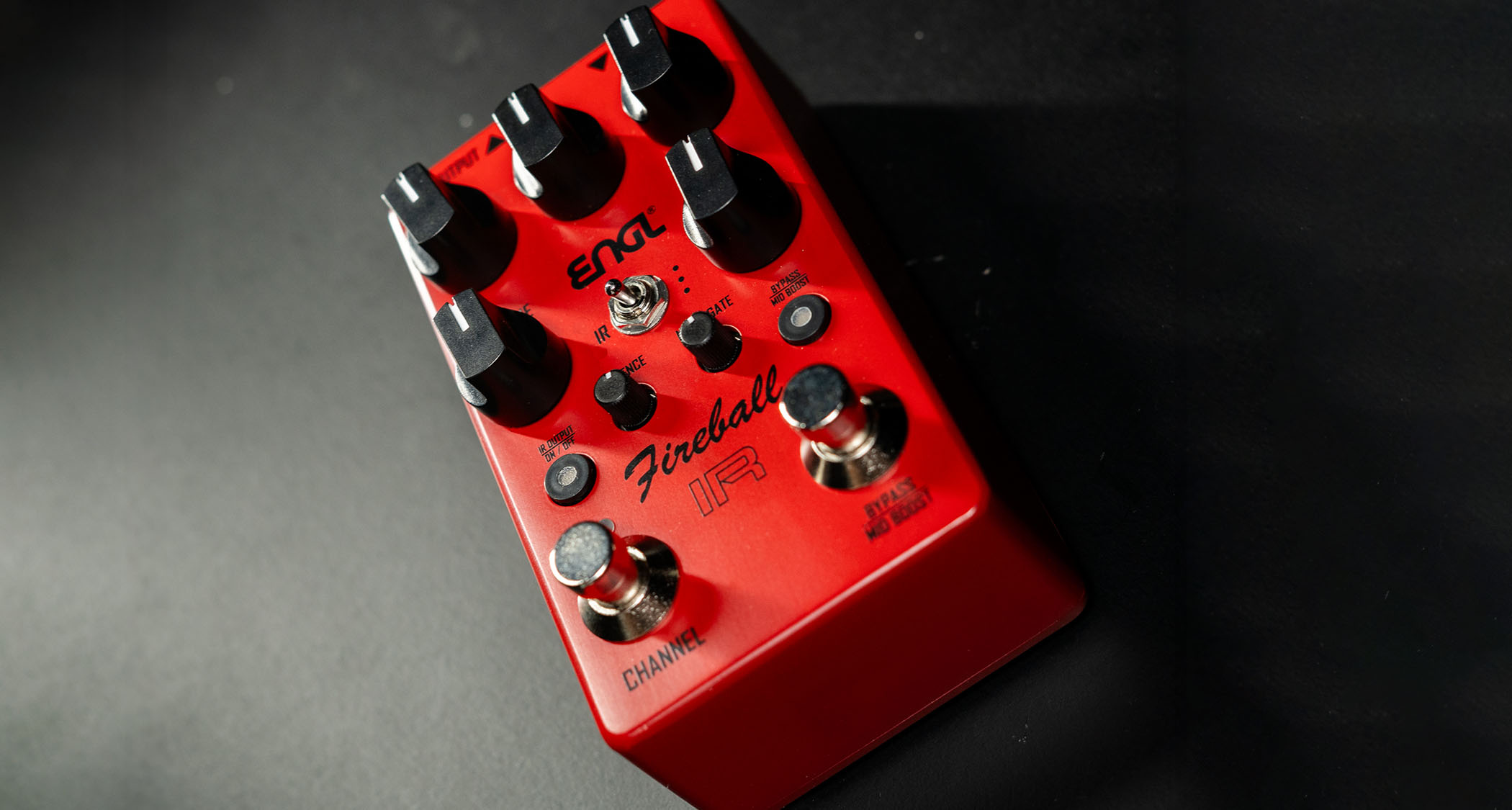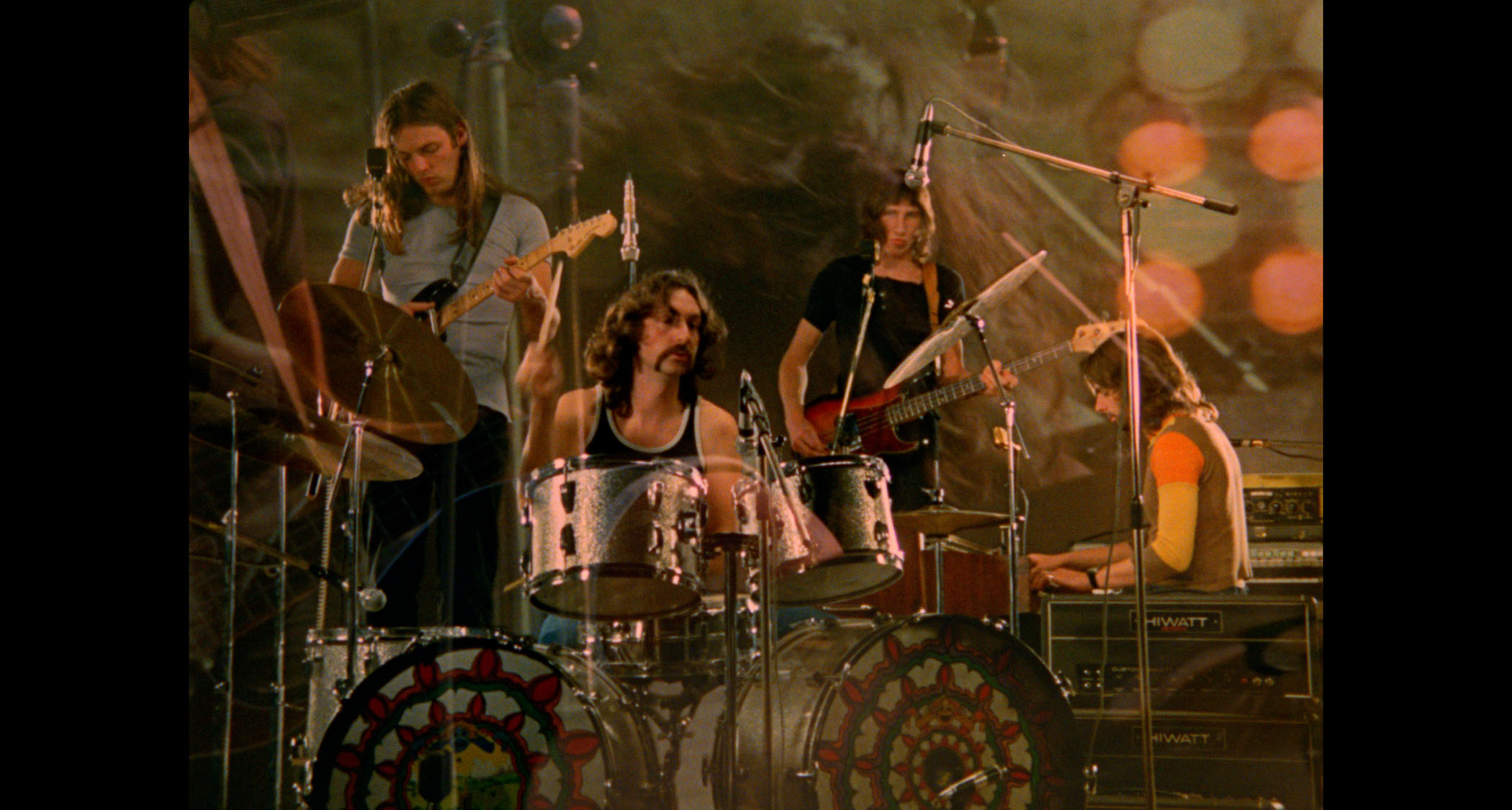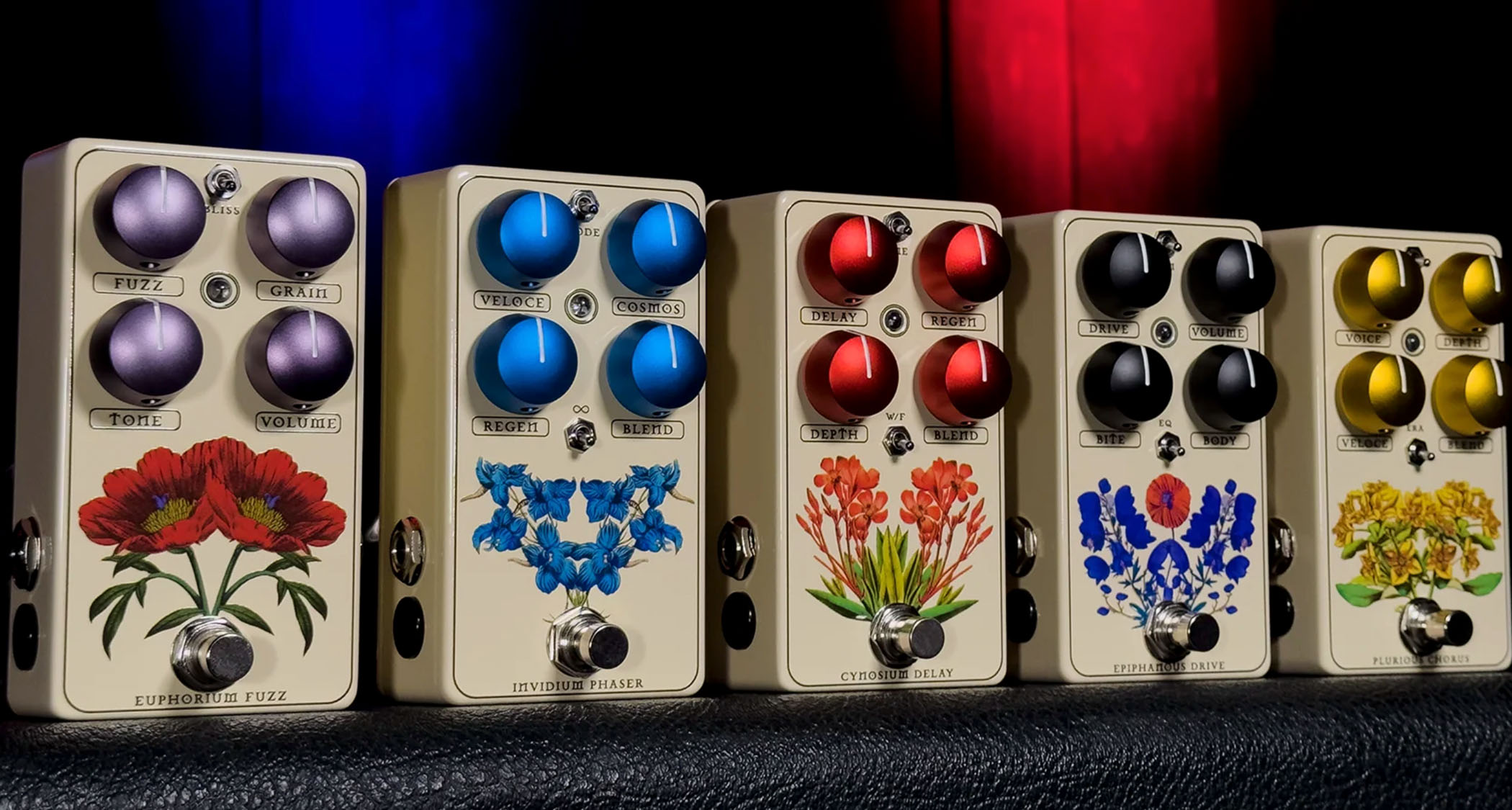How to: understand frequencies and EQing
What's the frequency, Kenneth?
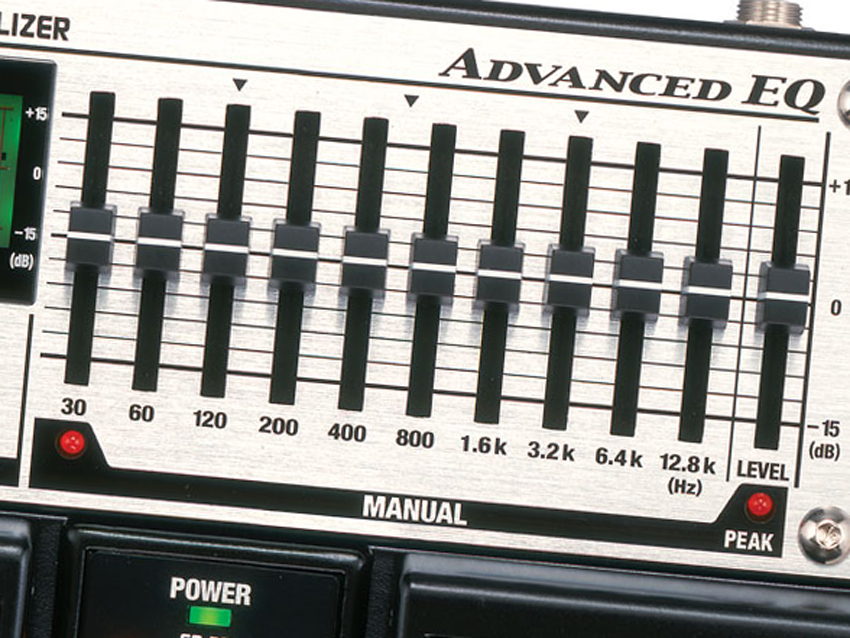
Every month, Guitar Techniques attempts to answer guitarists' playing posers and technical teasers with expert and practical advice. This time we're here to help you get your head around the theory behind your EQ pedal…
The question
Dear GT
I'm currently trying to rationalise some of my effects pedals and I realise that I haven't really a clue what I'm doing with my BOSS graphic EQ pedal. I can hear what's going on, but it would be really helpful if I knew how the frequency spectrum actually affects the actual notes on the fretboard. Is this feasible, or should I just continue to rely on my ears?
Tony
The answer
In our experience you should always rely on your ears in music, Tony; they are king when it comes to everything about music, be it learning songs, licks and solos, or indeed tone itself.
But a lot of the time it helps if what they're telling you is backed up by some theoretical knowledge. Seeing that a lot of people have completely the wrong idea about how guitar pitches translate into numbers, we've set out a guide to the guitar's range, which you will find in the example below.
We don't want to go into the science behind all of this because, to be honest, we don't know that we fully understand it ourselves! Luckily, we musicians can get by with just a basic relationship with the ins and outs of music maths and so we'll offer you a sort of potted guide.
Get the MusicRadar Newsletter
Want all the hottest music and gear news, reviews, deals, features and more, direct to your inbox? Sign up here.
Musical frequencies are measured in Hertz and the relationship between one note and its octave is always double or half. For instance, the pitch of the note A found at the 5th fret on your first string is 440Hz, which would mean that the A on the 2nd fret, third string is 220Hz and the open fifth string itself would clock in at 110Hz.
The octaves themselves are divided into 12 equal segments so that any given note has the same mathematical relationship with its immediate neighbours. In other words, the mathematical relationship between any given D and D# is exactly the same as that between any given B and Bb. This keeps everything nice, neat and fairly easy to understand.
So if the upper reaches of the guitar's fretboard can only muster frequency values of just over 1000Hz why does the average graphic extend upwards to 6.4kHz? The answer is harmonics; every note you play on the guitar is piled high with harmonics and adjustments in their frequency range will affect things like brightness or harshness.
For a fuller analysis of how frequency affects guitar pitch and general tone, Bob Brozman has produced a very useful guide on his website.
